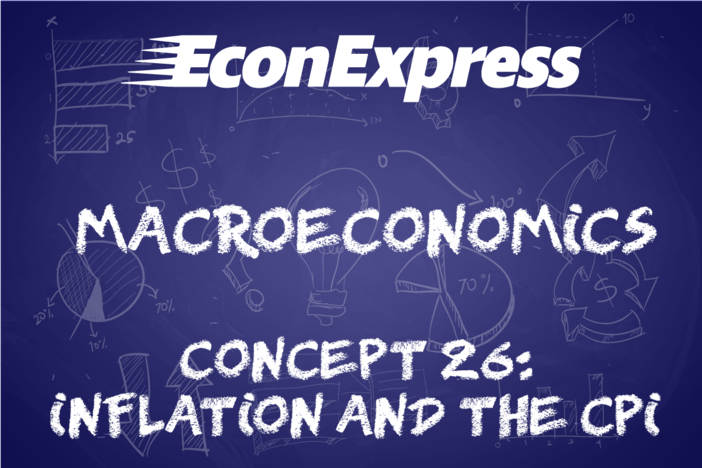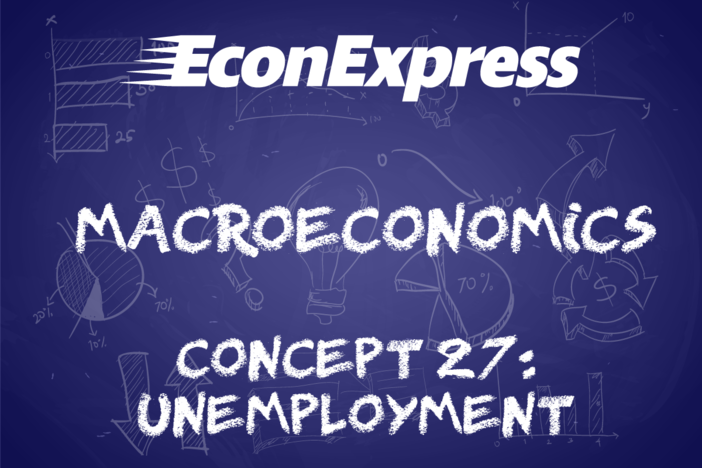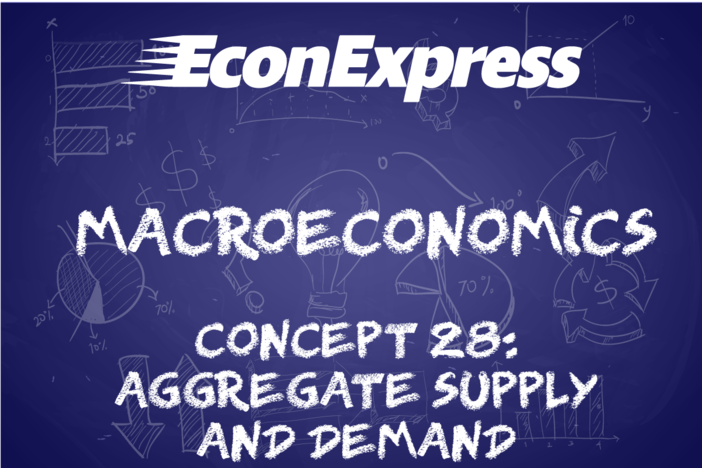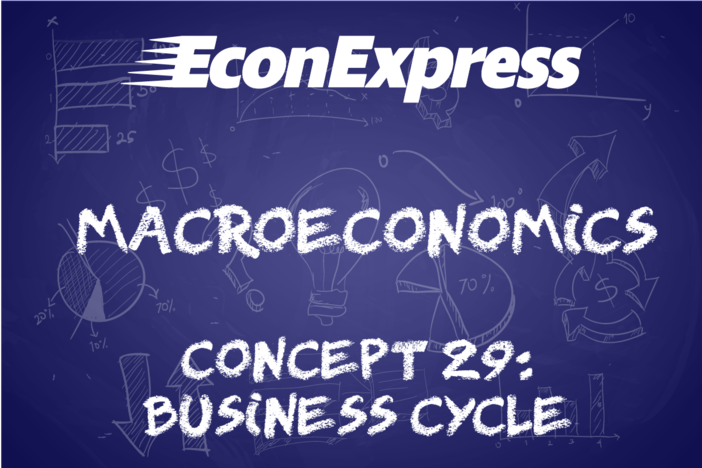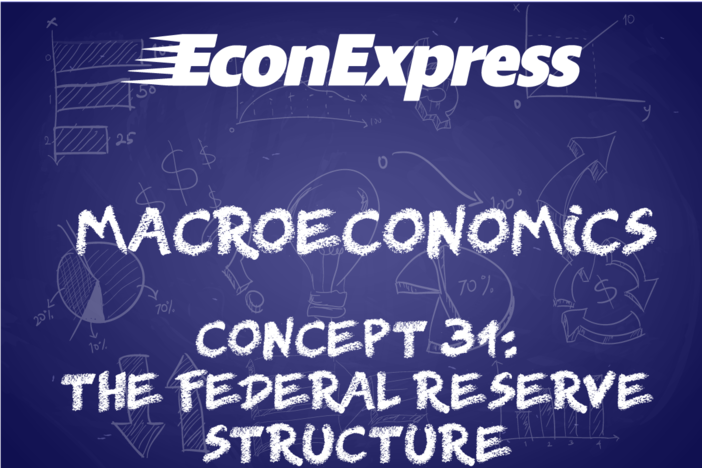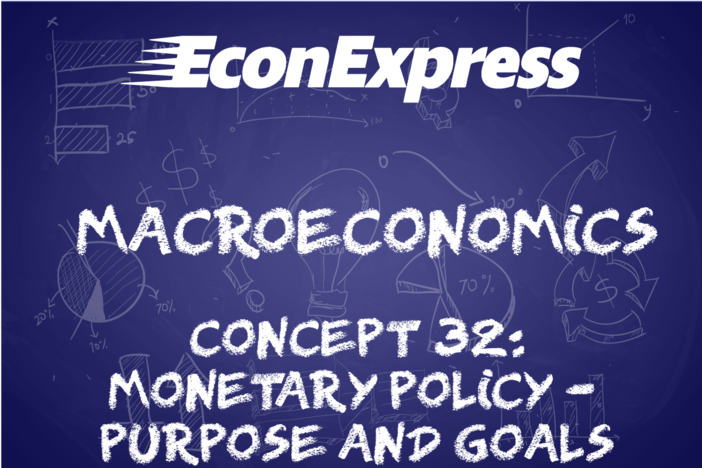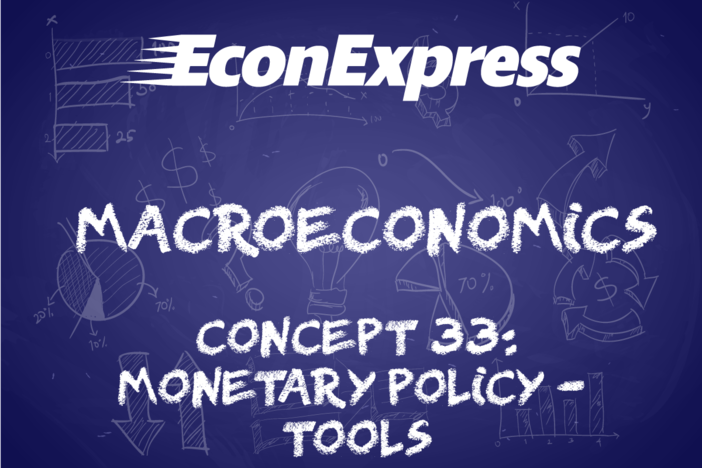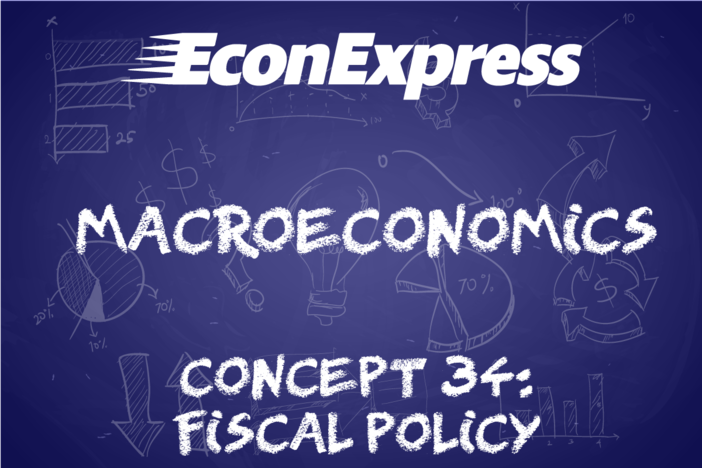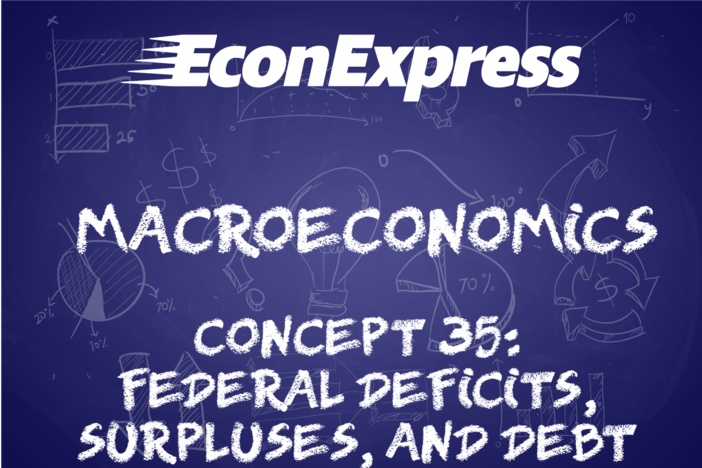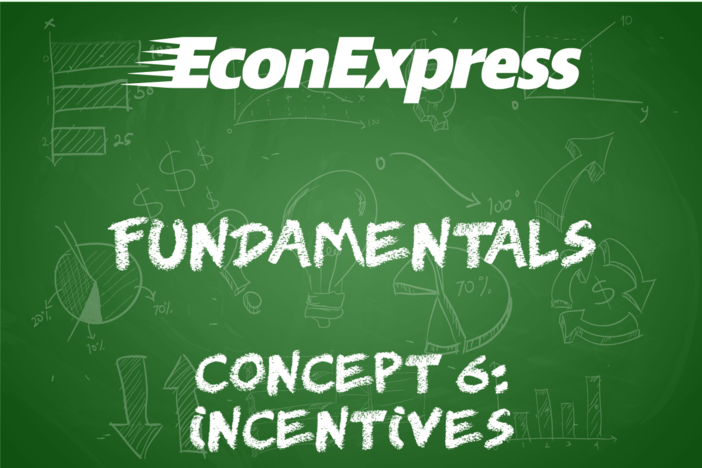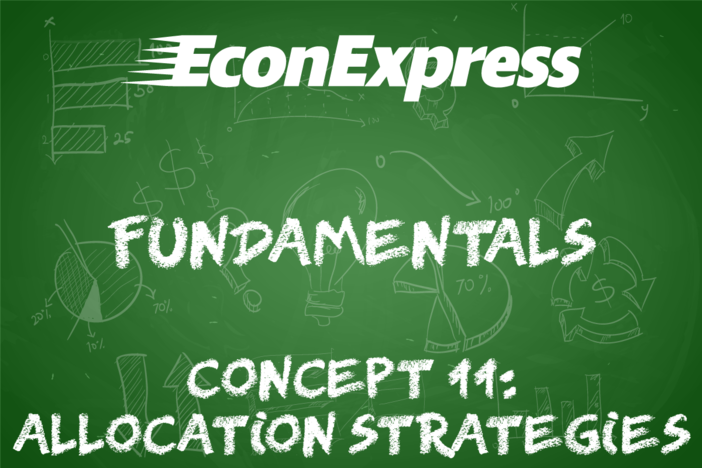Concept 34: Fiscal Policy
Overview: Ever paid taxes on anything? Ever attended a public school or driven on a highway? If so, you were seeing fiscal policy in action without even thinking about it. This lesson explains how the Government can alter the economy through taxes and spending.
Learn
Beginner
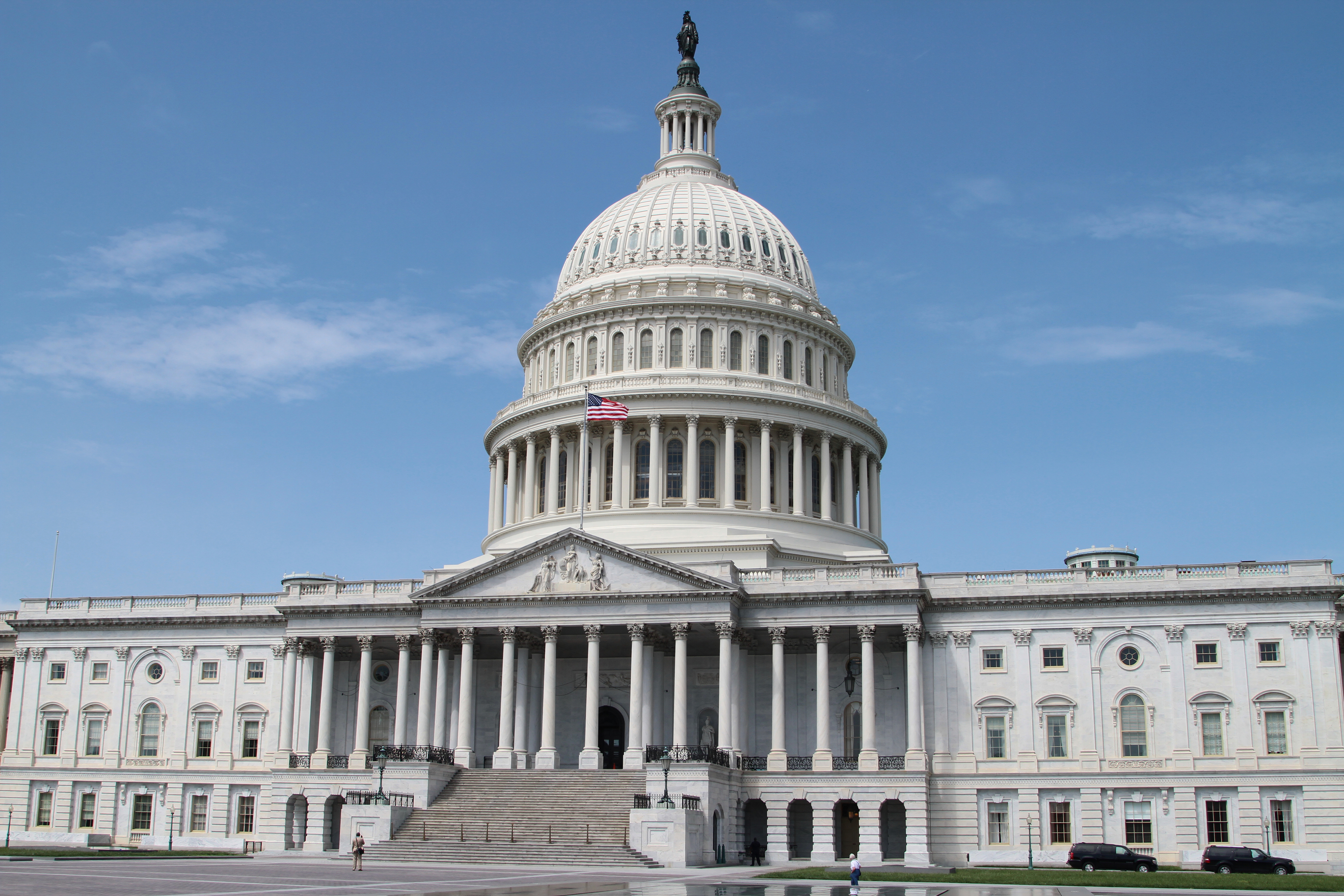
Fiscal Policy refers to a government’s use of taxes and spending to influence economic conditions. In this section, we will only refer to the U.S. government’s fiscal policies, but the term could apply to any government with taxing power.
As described in Concept 25 – GDP, gross domestic product is measured by adding consumption, investment, government spending and net exports. Simply put, fiscal policy can be used to influence individuals, businesses and the government’s own spending and, thus, GDP. An increase in taxes on individuals or businesses may slow down economic activity in those sectors, while a decrease in taxes is likely to cause at least some increase in spending by individuals and businesses. Government spending is a component of GDP, so all things being equal, if government spending increases, GDP increases and vice versa.
Fiscal policy has two forms:
- Expansionary: decreasing taxes and/or increasing government spending
- Contractionary: increasing taxes and/or decreasing government spending
Intermediate
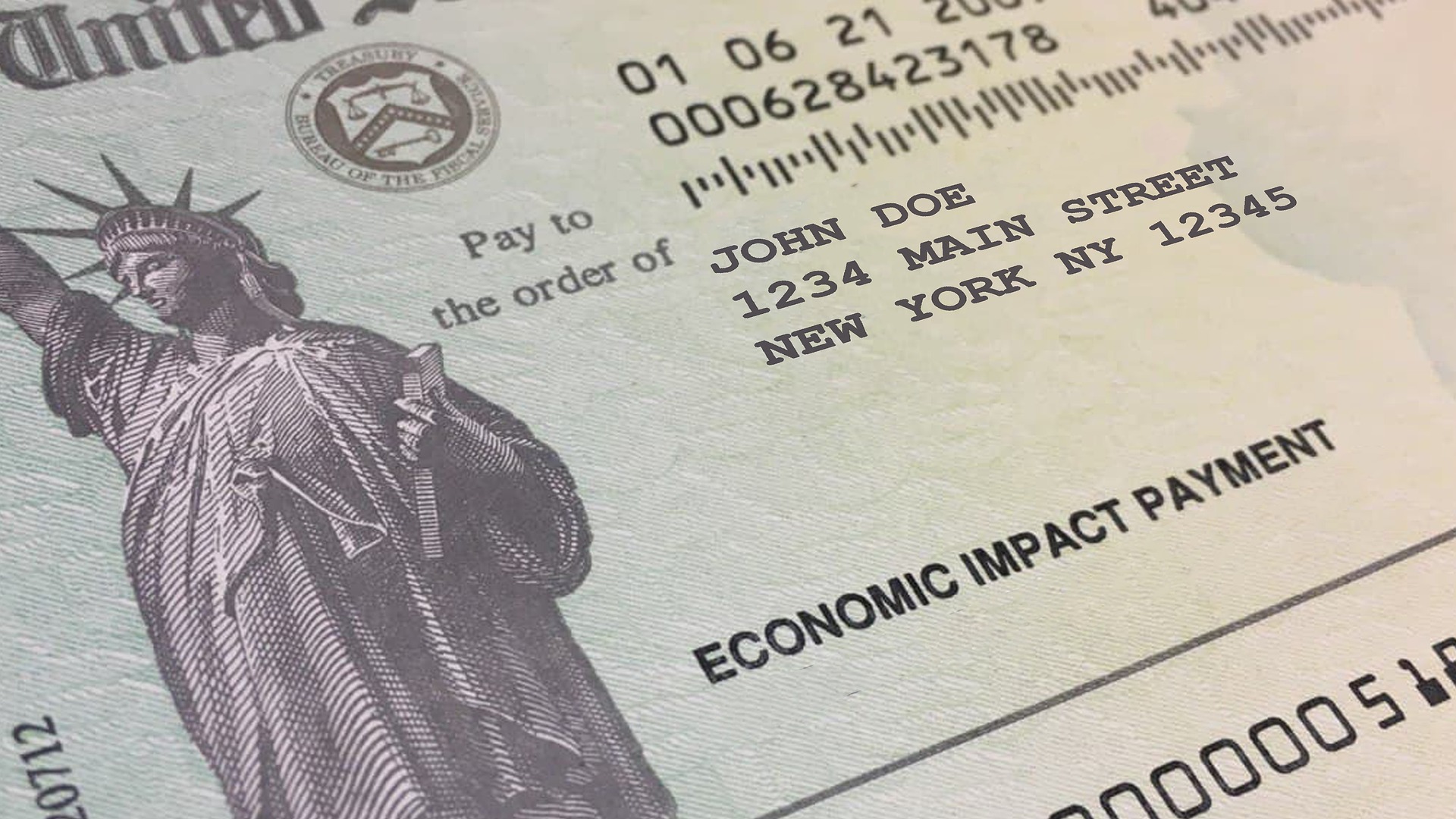
Expansionary fiscal policies (decreasing taxes/increasing government spending) are historically used when the economy is experiencing a recession. During the pandemic-induced recession of 2020, for example, the U.S. government spent over $2.5 trillion in economic stimulus to try to keep the economy going.
In theory, contractionary policies (increasing taxes/decreasing government spending) could be used when the economy has maxed out its production or is experiencing inflation. In practice, however, this is extremely difficult to do. Fiscal policy is made by elected officials in Congress. As you can imagine, raising taxes is not a very popular platform for most politicians. Similarly, once certain government services are provided, they can be very hard to remove as people and businesses begin to rely on them.
The government does not have to enact balanced policies. It can spend without taxing and tax without spending. These mixtures create imbalances that can lead to deficits and debt, which are described in Concept 35 – Federal Deficits, Surpluses, and Debt.
Advanced
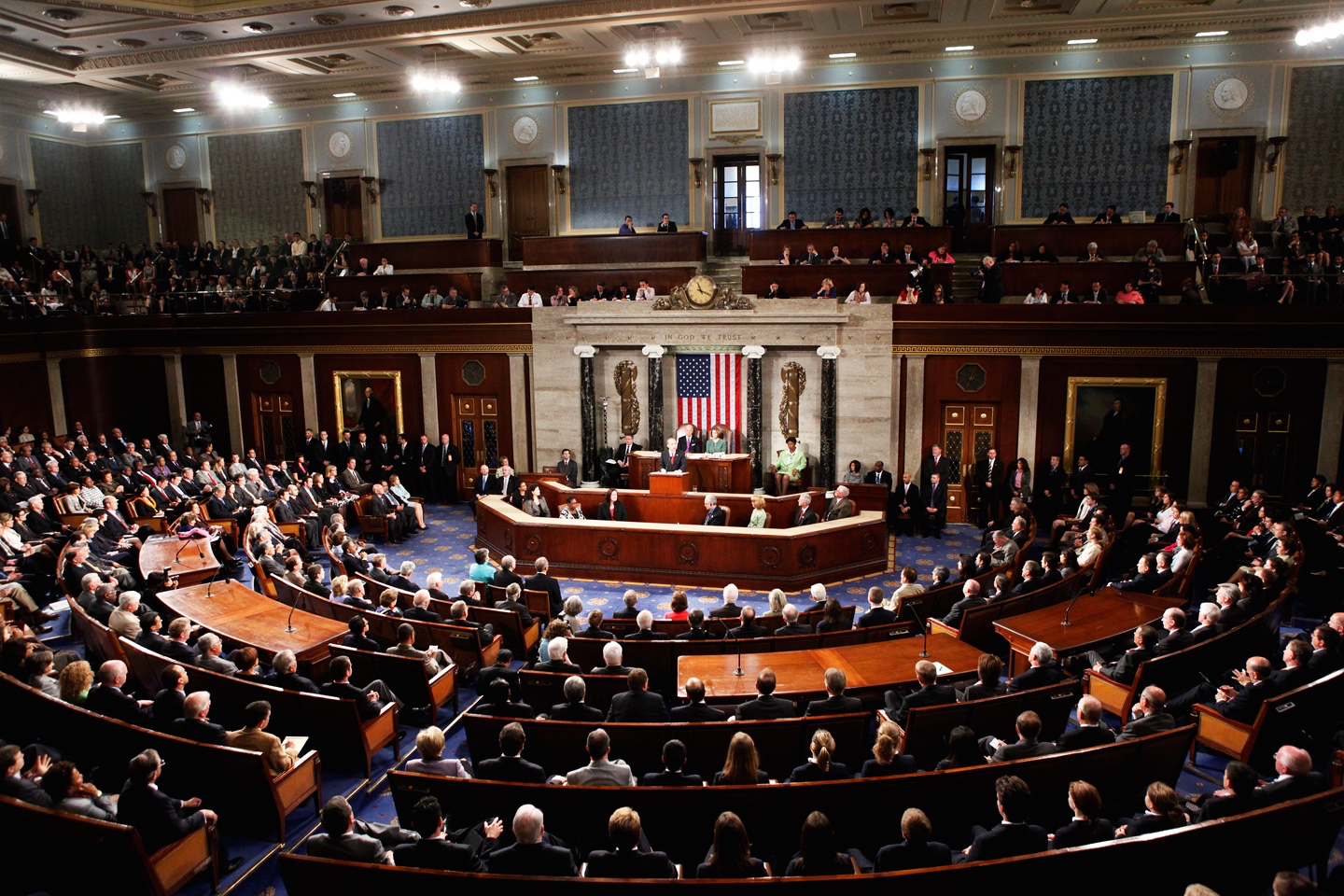
Because fiscal policies are political in nature, they sometimes suffer from what is known as an inside lag. This basically means that from the moment a problem with the economy is identified, it takes time for Congress to discuss a solution, take it through the lawmaking process, and get it to the President to be signed. There is then another lag in actually processing and delivering the payments. Sometimes, by the time the payments are issued, economic conditions have already changed. In 2020, for example, by the time some individuals and businesses received their initial supports, it was clear more was needed. A second round of stimulus discussions was put on hold during the election, creating even more time between policies.
This is counter to monetary policies, which can be made relatively quickly by the Federal Reserve Bank, but can take a while to work through the banking system. This is referred to as an outside lag.
Click a reading level below or scroll down to practice this concept.
Practice
Assess
Below are five questions about this concept. Choose the one best answer for each question and be sure to read the feedback given. Click “next question” to move on when ready.
Social Studies 2024
Explain the effect on the economy of the government’s taxing and spending decisions in promoting price stability, full employment, and economic growth.


